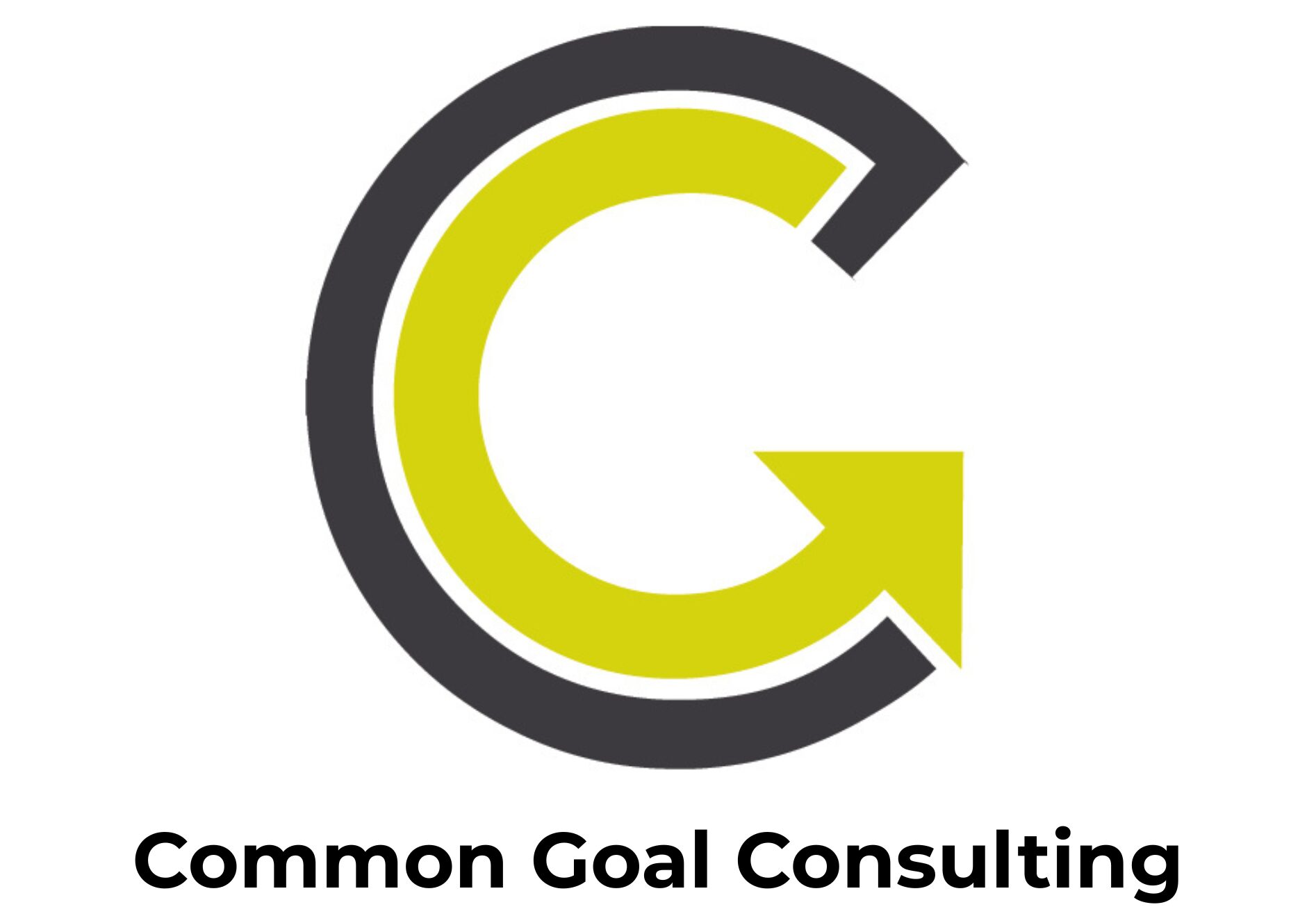An effective People Strategy is more than just an HR exercise — it’s a critical driver of your organisation’s ability to attract, engage, and retain top talent. After all, having the right people in the right roles at the right time directly impacts business performance, culture, and long-term sustainability.
What is a People Strategy?
A People Strategy is your organisation’s roadmap for aligning people priorities with business goals. It provides a structured approach to how you recruit, onboard, develop, manage, and retain your team — ensuring your workforce is equipped to support and accelerate company growth.
Importantly, it ensures your HR efforts are not reactive, but proactive and aligned to strategic direction.
A strong People Strategy:
-
Connects people initiatives to overall business goals
-
Helps build organisational capability
-
Identifies key talent risks and succession gaps
-
Creates consistency across the employee experience
-
Establishes measurable KPIs such as engagement, retention, satisfaction, and productivity
Without a clear People Strategy, organisations often find themselves addressing challenges in isolation — with disconnected policies, inconsistent messaging, and missed opportunities for employee growth and performance.
Defining your People Pillars
A great people strategy is built on a set of core pillars — the focus areas that matter most to your business. These “people pillars” serve as strategic anchors to guide your HR decisions and shape initiatives across the employee lifecycle.
Common people pillars include:
- Culture and Values
- Employee Engagement
- Leadership Development
- Professional Development
- Talent Acquisition
- Performance
- Remuneration
- HR Operational Support
These people pillars should be used as the “guiding posts” to fundamentally shape your people strategy, initiatives and focus areas, enabling the business and your employees to thrive. Not every business will have the same pillars — what matters is selecting focus areas that reflect your company’s goals, size, maturity and workforce needs.
Putting your People Strategy into action
Each initiative you roll out should clearly link to one or more of your people pillars — and support your broader business strategy.
The number of initiatives that you choose to implement, under each people pillar, will depend on a range of factors including your company’s size, maturity and business objectives.
Your initiatives should be very specific and focused – for example, under a Culture & Values pillar, initiatives might include:
- Boosting Employee Engagement – Keeping your employees engaged, satisfied and motivated will lead to higher productivity and retention levels. Conduct regular pulse surveys to assess employee engagement levels and investigate initiatives (such as flexible work arrangements or employee benefits) that will boost employee satisfaction and loyalty.
- Promoting a culture of diversity, equity and inclusion – Implement initiatives that support diversity and inclusion, empowering all of your employees to feel comfortable and welcomed in the workplace, and be supported to perform to the best of their abilities.
- Employee Recognition & Reward Programs – Implement programs to recognise and reward employees for their contributions and achievements. This could include employee of the month/year awards, peer recognition programs, and incentives for outstanding performance.
- Supporting Employee Wellbeing and Work-Life Balance: Promote employee well-being and work-life balance through wellness programs and flexible work arrangements. This could include initiatives such as wellness challenges, mental health resources, and remote work options. Read more about investing in your employees wellbeing here.
TIP: Be specific, practical and intentional. The scale and number of initiatives should match your organisation’s size and capacity.
Making Your People Strategy a Living Document
Your people strategy should evolve with your business – the most effective People Strategies are living documents, not static files saved in a shared folder.
Here’s a few practical tips on how to keep your People Strategy current and actionable:
- ✅ Embed It in Business Planning
Involve HR or People & Culture leaders in strategic planning cycles. Your people strategy should inform (and be informed by) your broader business plan.
- ✅ Review It Quarterly or Biannually
Set a recurring check-in to assess progress against your strategy and update initiatives based on what’s working, what’s changed, and what’s needed next.
- ✅ Report Against Key Metrics
Use dashboards or internal scorecards to track performance against your defined KPIs — such as eNPS, retention, training participation, or DEI metrics.
- ✅ Involve Leaders and Employees
Consult with business leaders and employee reps to gather input, test initiatives, and ensure the strategy remains relevant and meaningful.
- ✅ Share Progress Transparently
Let your team know what’s being worked on and why. Share wins, improvements and upcoming changes to foster trust and alignment.
Flexibility is key — as your company grows, so too should your approach to people. Be prepared to revisit it regularly to ensure it continues to meet your goals and reflects changing priorities.
Measuring Success
Creating a people strategy and implementing associated initiatives is just the beginning. A strategy is only as good as the results it delivers. To track whether your people strategy is working, return to your original KPIs — such as retention, engagement, satisfaction and productivity — and gather data regularly.
Go back to those clearly defined KPIs that align with your overall business objectives, such as employee engagement, retention, employee satisfaction and productivity mentioned at the beginning of this article.
Measurement methods might include:
- employee surveys,
- feedback sessions and round tables,
- 1:1s, coaching sessions, performance reviews and performance metrics,
- new starter surveys,
- ‘stay’ surveys,
- exit interviews,
- attendance records,
- wellbeing metrics,
- training participation and individual development records,
- interviews.
This data allows you to see what’s working, what’s not, and where to improve.
TIP: Layer in both quantitative and qualitative feedback. Data tells you what’s happening — feedback tells you why.
Need help with your People Strategy for the new year?
Whether you’re building your first formal strategy or refreshing your existing plan for the year ahead, we can help. We work with small to medium businesses to create practical, fit-for-purpose strategies that drive engagement, retention and performance.
Reach out via our contact page: www.commongoalconsulting.com.au/contact





